The Essential Guide to Bushcraft Cooking: Gear, Techniques, and Tips
The Complete Guide to Outdoor Bushcraft Cooking
Deep in the wilderness, far removed from the comforts and luxuries of modernity, there is little that raises the spirits like a warm meal. However, preparing a warm meal that is not only filling but also nutritious enough to replenish the body and mind is easier said than done.
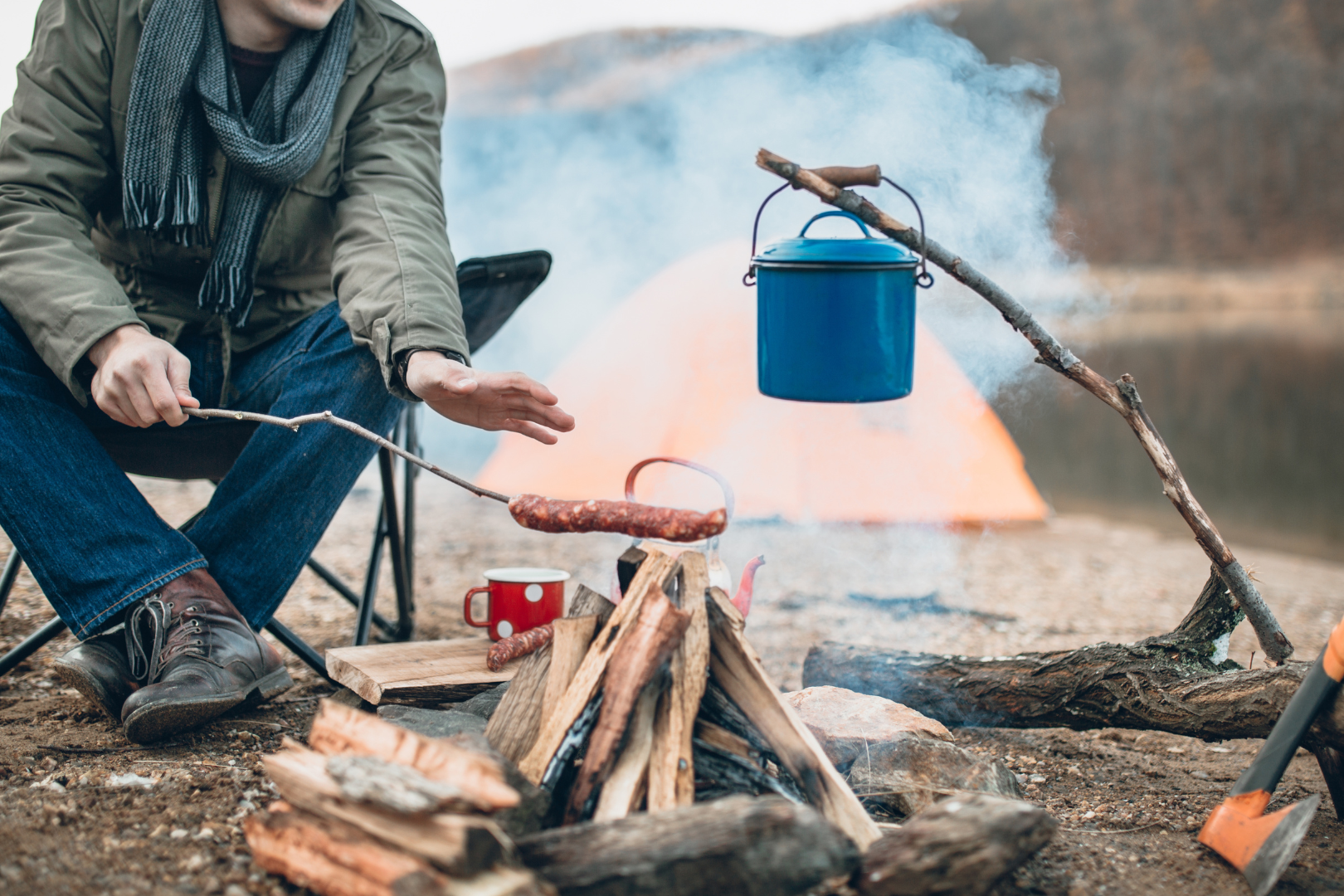
Well executed bushcraft cooking can be the difference between poor spirits on a rainy day and an aura of confidence and cheer, even in the harshest of conditions. So grab your outdoor cooking equipment and prepare for some cooking in the great outdoors!
What is Bushcraft Cooking?
Bushcraft cooking is the art and skill of preparing food in the wilderness using minimalistic tools and techniques. Outdoor cooking varies heavily from conventional cooking in a kitchen, as it relies on specialized bushcraft cooking supplies that are portable, durable, and suited for the ruggedness of the outdoors.
Outdoor cooking should be simple, filling, and leave no trace, as respecting the environment you reside in is a core principle of bushcraft. That, and solid preparation ahead of time will ensure that you and others are well fed and in high spirits as you adventure outside.
he beauty of bushcraft cooking lies in the blend between traditional cooking methods and the natural beauty of the great outdoors, and utilizing the resources at hand to create a home away from home for you and those you travel alongside.
Regular Cooking Vs. Bushcraft Cooking – Special Considerations for Preparing Food Over Open Flames
At home, regular cooking occurs in the controlled environment of a well organized kitchen space. In the bush, cooking is more about adapting to the unpredictability of the outdoors. Uncontrollable factors such as wind, water, and available fuel need to be considered beforehand so you can have a plan for uncertainty.
In situations where you might use a stove or oven indoors, you often have to rely on campfire cooking. Cooking on a fire requires open fire cooking equipment that can maintain its quality when used against an open flame, and the ability to create and manage the temperature of a fire for a long period of time.
Considering the differences between camping outdoor cooking and cooking at home, such as the way wood smoke can add and subtract from the flavors of a meal, is the key to creating healthy and filling food outdoors.
Building Your Complete Bushcraft Cooking Set – Essential Items to Include
When cooking outdoors, having the right equipment is crucial to making the process as easy as possible. The best bushcraft cooking equipment should be versatile, durable, and lightweight. Bonus points if your cooking equipment can serve multiple purposes, as keeping weight down is essential when venturing outdoors.
Essential bushcraft cooking gear includes, but is not limited to, a kitchen knife, a sturdy pot, a portable stove or grill, a billy can, firestarter, a cooking tripod or pot hanger, and outdoor safe plates and utensils. A lot of these things, like the firestarter, tripod, and pot hanger, can be rigged from materials found outside, so consider your bushcraft tools as well when planning to make sure you don’t leave anything you might need behind.
Consider bringing supplies that are nestable and compact in nature so they can be cleaned and stored easily. Lightweight materials such as aluminum are also a good choice; no one wants to lug around heavy pots and pans.
A Bushcraft Cooking Knife
A good bushcraft kitchen knife is an essential tool for cooking outdoors. Your outdoor cooking knife should be robust enough to withstand outdoor use, including but not limited to cutting, slicing, high temperatures, and wood carving. Be sure to keep your knife sharp and clean to ensure you can get the most out of it in the field.
A Durable Cooking Pot
Your outdoor cooking pot of choice must be able to withstand high temperatures and direct contact to open flame or embers. Make sure your pot comes with a lid so you can boil or stew your food of choice. A good bushcraft pot should be lightweight so it doesn’t weigh you down while you’re exploring. A good balance between weight and sturdiness is important to ensure your pot holds up over time.
A Portable Grill for Open Flame Cooking
If cooking directly over a fire isn’t your thing, or you are expecting some rain or wind, packing a portable bushcraft grill could be the move for you. Typically constructed out of stainless steel for durability and easy maintenance, a flatpack grill is a great way to ensure you can cook what you need.
Essentially a V-shaped stainless steel container with a grate on top, a flatpack fire grill helps work against wind, rain, dirt, and other cooking limitations that come up in nature. They’re light, portable, and easily slide into or clip onto a pack.
A Billy Can (Or Versatile Outdoor Bucket)
A bushcraft billy can is a multi-use container that is excellent for boiling water, cooking soups or stews, and even carrying supplies from one place to another. The ideal billy can is lightweight and durable, and not too large so you can carry it from place to place. A billy can can be substituted with a versatile food safe bucket or even a tin can for convenience.
A Fire Starter to start cooking fires
To get to cooking outdoors, you’ll need to put your bushcraft skills to the test and get a fire burning. In a pinch, a campfire starter or fire starter kit can go a long way. Firestarters come in many shapes, sizes, and ideas.
From a flint and steel to a biomass brick designed to burn for long periods of time, the best fire starter is one that suits the needs and environment of the user.
It is good practice to bring along some tinder, whether it is old dryer lint, tree bark shavings, or a biomass starter, and a source of flame such as a waterproof flint and steel, lighter, or box of matches.
A Cooking Tripod or Pot Hanger
If you plan on cooking for a larger group of people, a bushcraft cooking tripod can make cooking multiple portions at once much easier. A tripod consists of three poles that form an anchor to suspend a pot or grate from. A bushcraft pot hanger keeps the pot handle from getting too hot, allowing for maneuverability and temperature control.
If you are interested in saving money, you can fashion a cooking tripod with three short to medium length branches and some heat resistant rope or wire. Otherwise, pot hangers can be purchased pre-built and usually a collapsible stainless steel construction.
Outdoor-Safe Plates and Utensils
Once your meal has been cooked and it’s time to eat, you’ll need some outdoor plates, bowls, and utensils. Outdoor cooking utensils not only aid in the consumption of the food, but the creation of the meal in the first place.
Bushcraft cooking utensils should be durable, light, and especially easy to clean, as no one wants to do dishes when they get home. Look for plates or bowls made of aluminum or a hard plastic, and ensure they are heat resistant to some extent.
Techniques for Preparing Food While Cooking Outdoors
Exploring the culinary world outdoors involves a variety of techniques to ensure the food you prepare is filling and delicious. Mastering how to cook outdoors requires preparation and the proper equipment, as well as some creativity.
From roasting over a campfire to cooking on a flatpack grill, the key to cooking outside lies in the details. Be sure to plan some meals ahead, bring some ingredients and ideas along, and get ready to learn how to cook on an outdoor grill.
From boiling and stewing in a cooking pot to braising, steaming, and grilling over the fire, the possibilities when cooking in the wilderness are endless.
Roast Over Your Campfire
When camping, roasting meat over an open flame is one of the easiest ways to prepare a meal. Finding food to roast over a campfire is easy, just ensure your choice, whether it’s a hot dog, hamburger, or foil packet hobo dinner, will stay fresh until you need to cook it.
If you’re wondering how to roast meat outside, there are a few things to keep in mind. Avoid putting your food directly into an open flame or an ashy part of the fire. Instead, keep your food three to four inches above the top of the flame to ensure it cooks evenly and remains free of dirt and ash.
Use Your flatpack grill for easy grilling of game
If you’ve brought along a flatpack grill, then worrying about dirt and ash is a concern of the past. The beauty of a flatpack grill is that it contains the embers and coals of the fire within itself, so it remains relatively ash free.
Open fire grilling on a flatpack grill is easy, just collect some fuel and get a fire started in the base with your bushcraft fire starter kit. From here, learning how to cook meat outdoors is easy, just keep an eye on your meal and rotate it around the heat source often to guarantee even cooking.
Boil Food in Your Cooking Pot
If you’re the kind of outdoor enthusiast to bring along instant meals, or you simply like your eggs poached, boiling water is the bushcraft cooking technique for you. For those wondering how to boil over fire, just build or bring along a pot hanger, secure your pot or billy can, and fill it with water.
Once you’ve got your fire going beneath, the final ingredient is patience. Boiling water over a fire is simple, just be sure to keep a close eye on it so it doesn’t boil over and ruin your fire or your meal.
Get Creative – Braise, Steam, or Stew Your Food
If grilling, roasting, or boiling isn’t for you, get creative and consider a different camp cooking method like braising, steaming, or stewing. These outdoor cooking techniques can all be accomplished with the equipment mentioned previously, so don’t be afraid to step out of your culinary comfort zone and create something healthy and hearty for you and others.
At the end of the day, the key to mastering outdoor cooking techniques is patience, preparation, and a healthy dose of creativity, just like in a regular kitchen! Camp cooking methods are just regular cooking techniques that have been adapted for the outdoors, so don’t be scared!
Written by Aidan Shelton

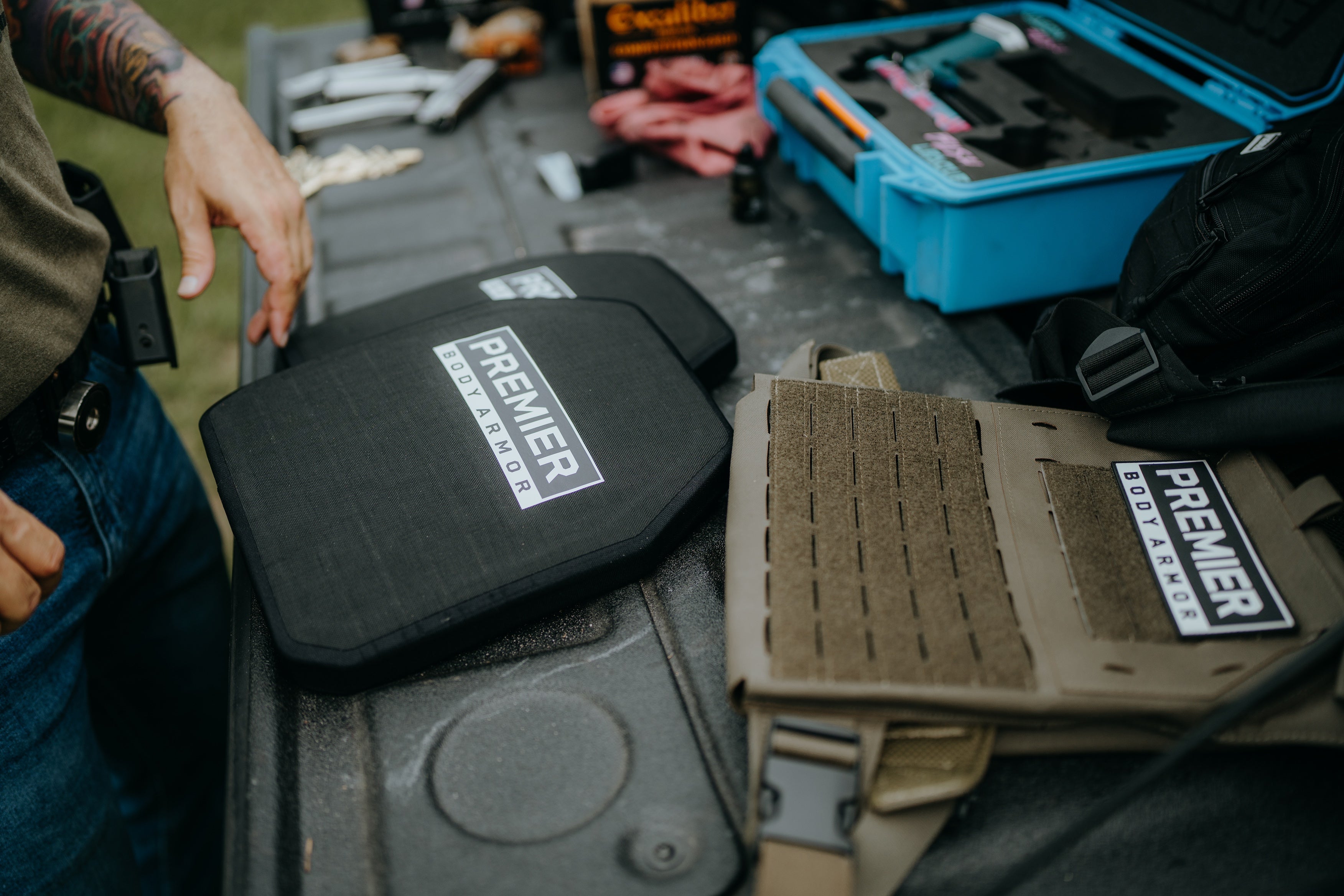
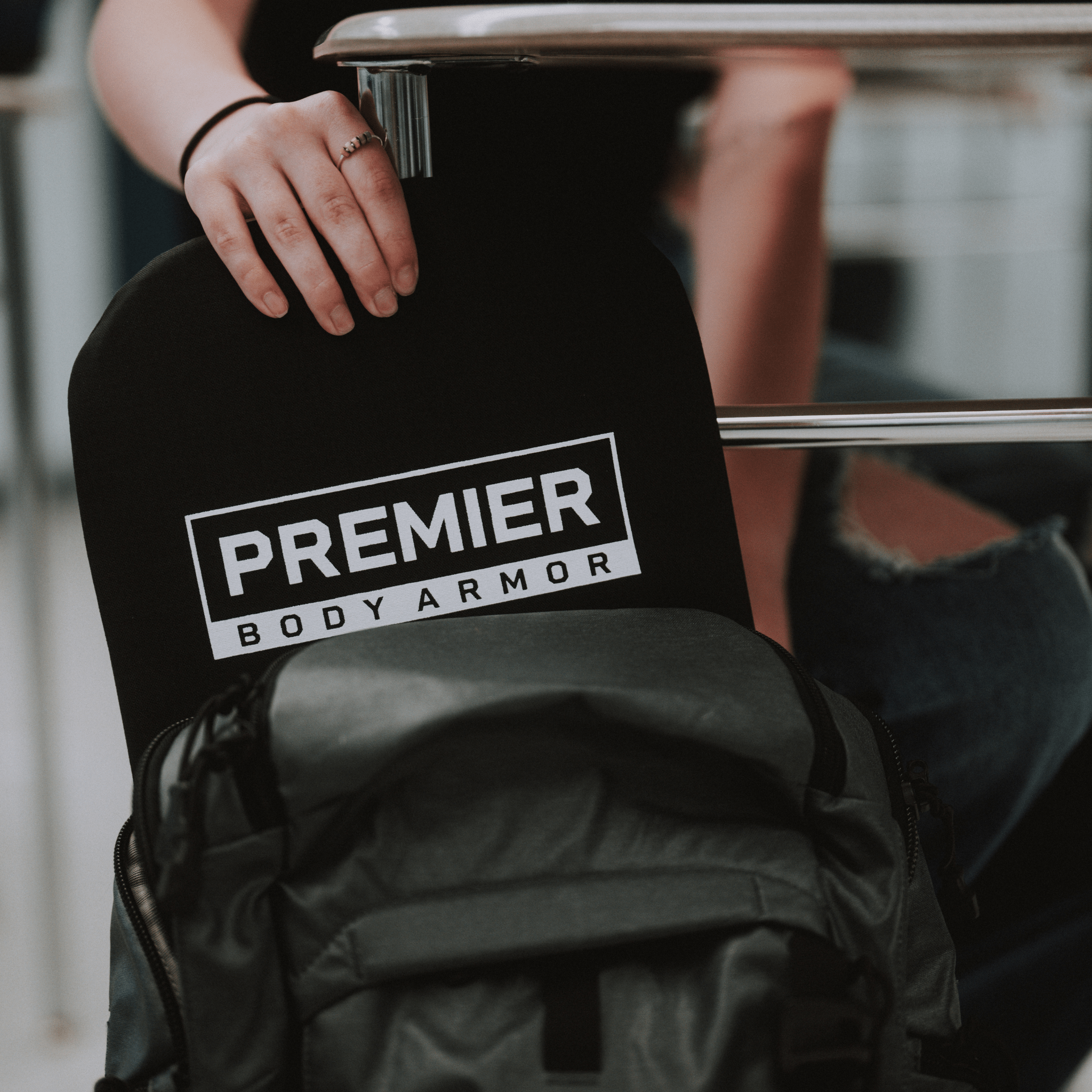
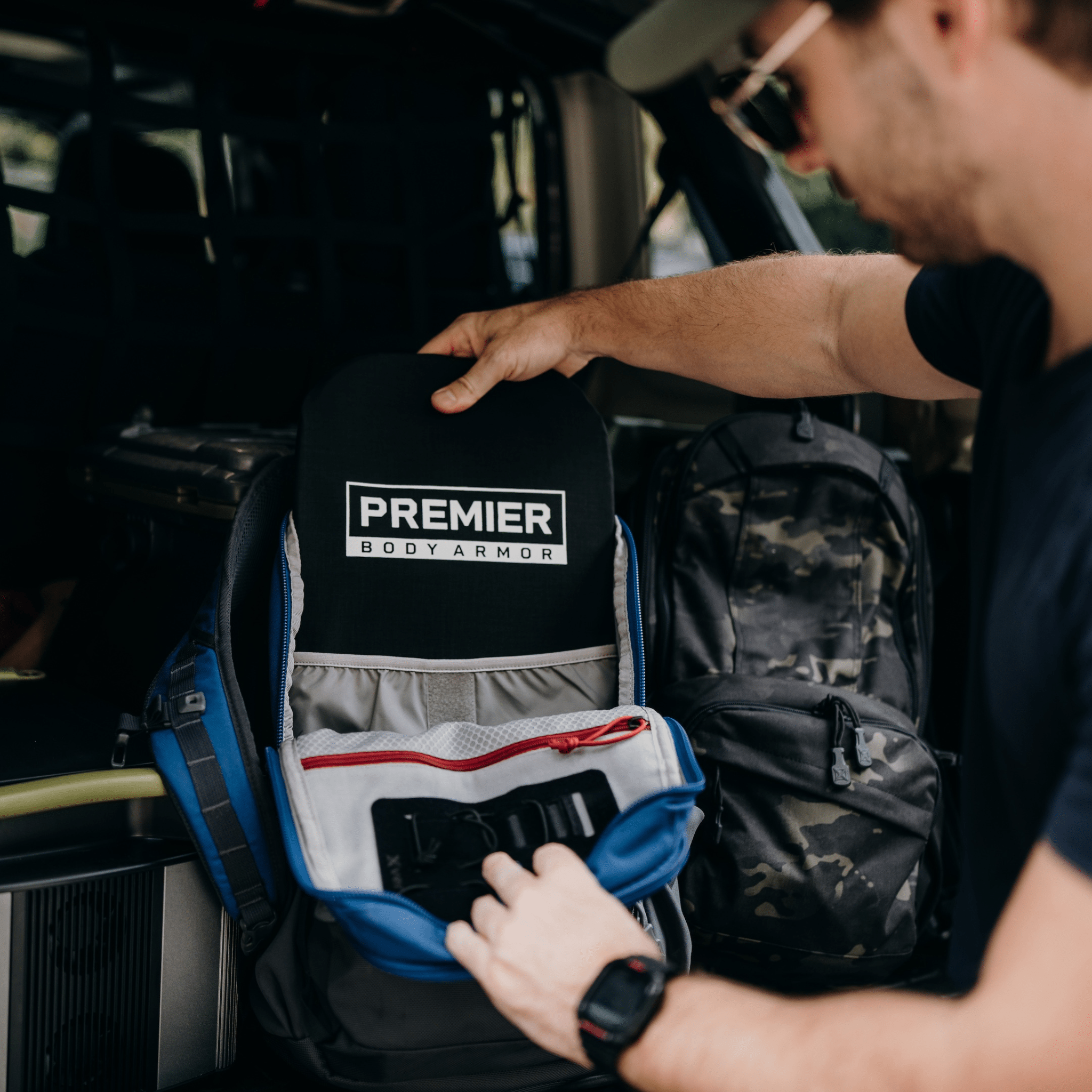





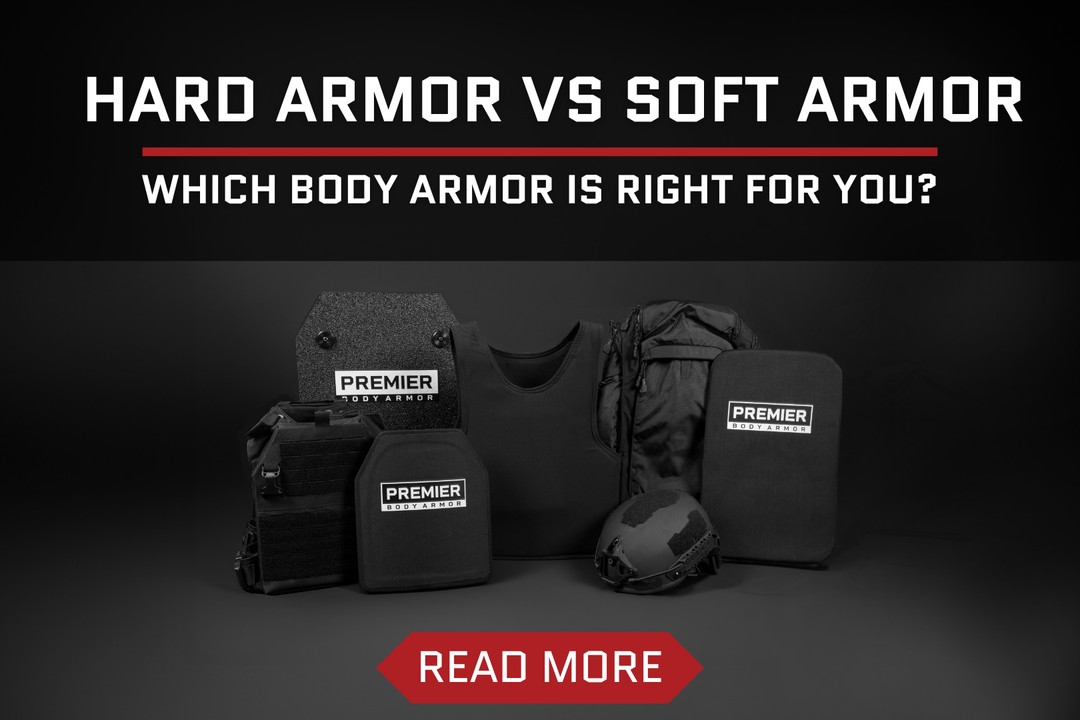
Leave a comment